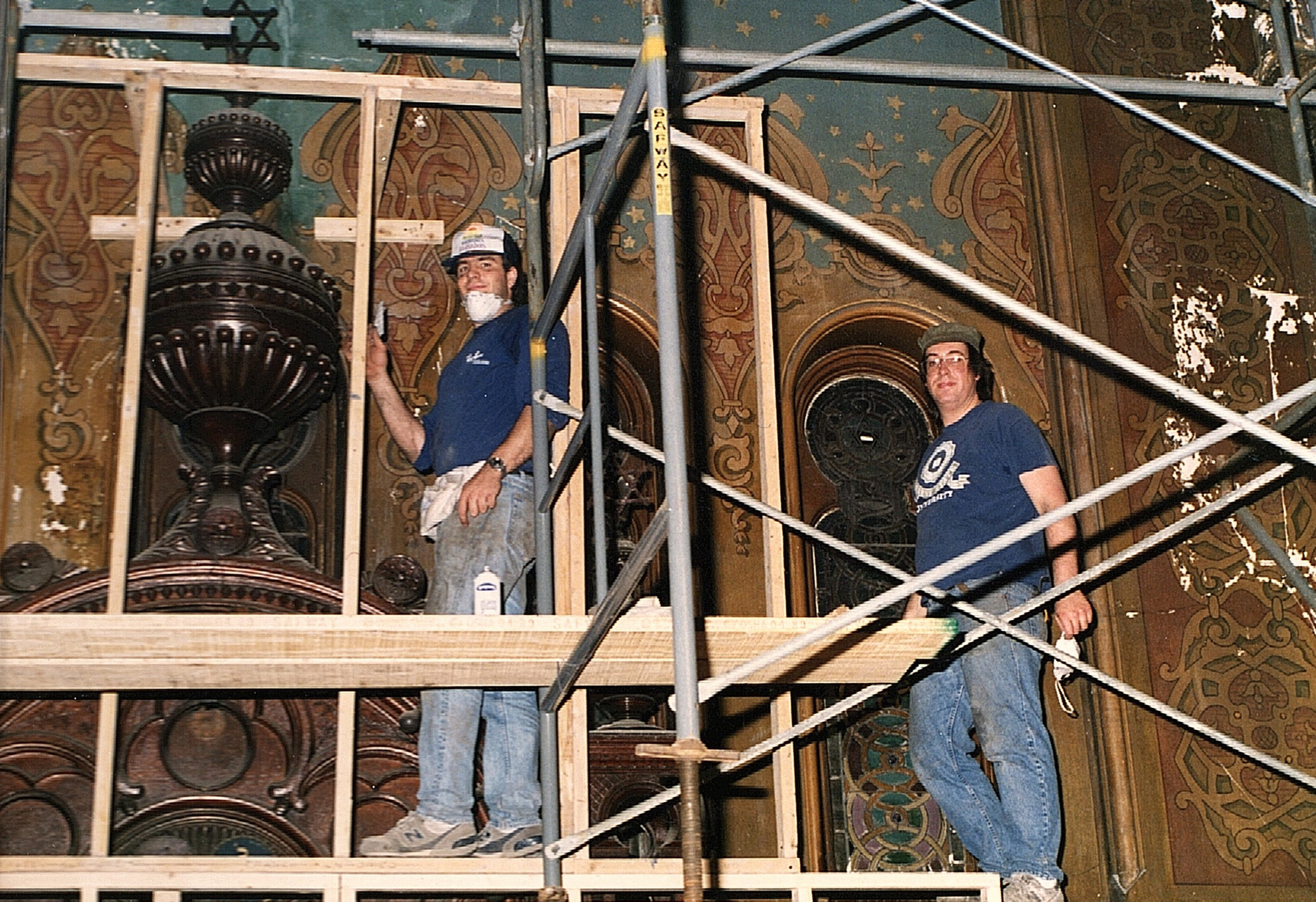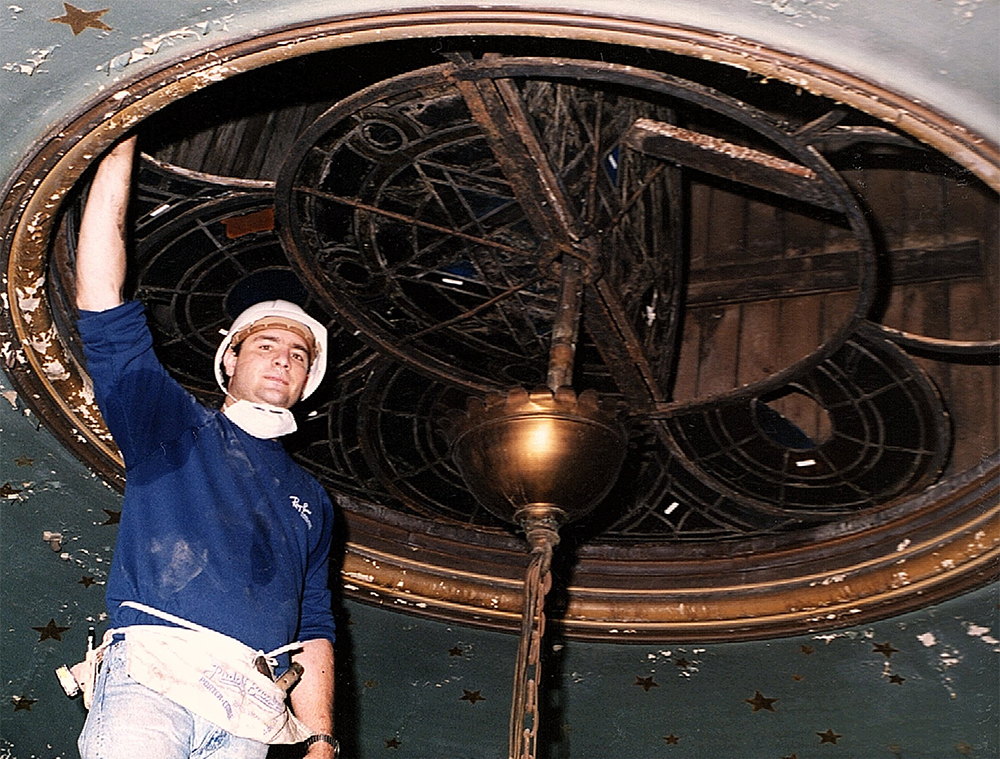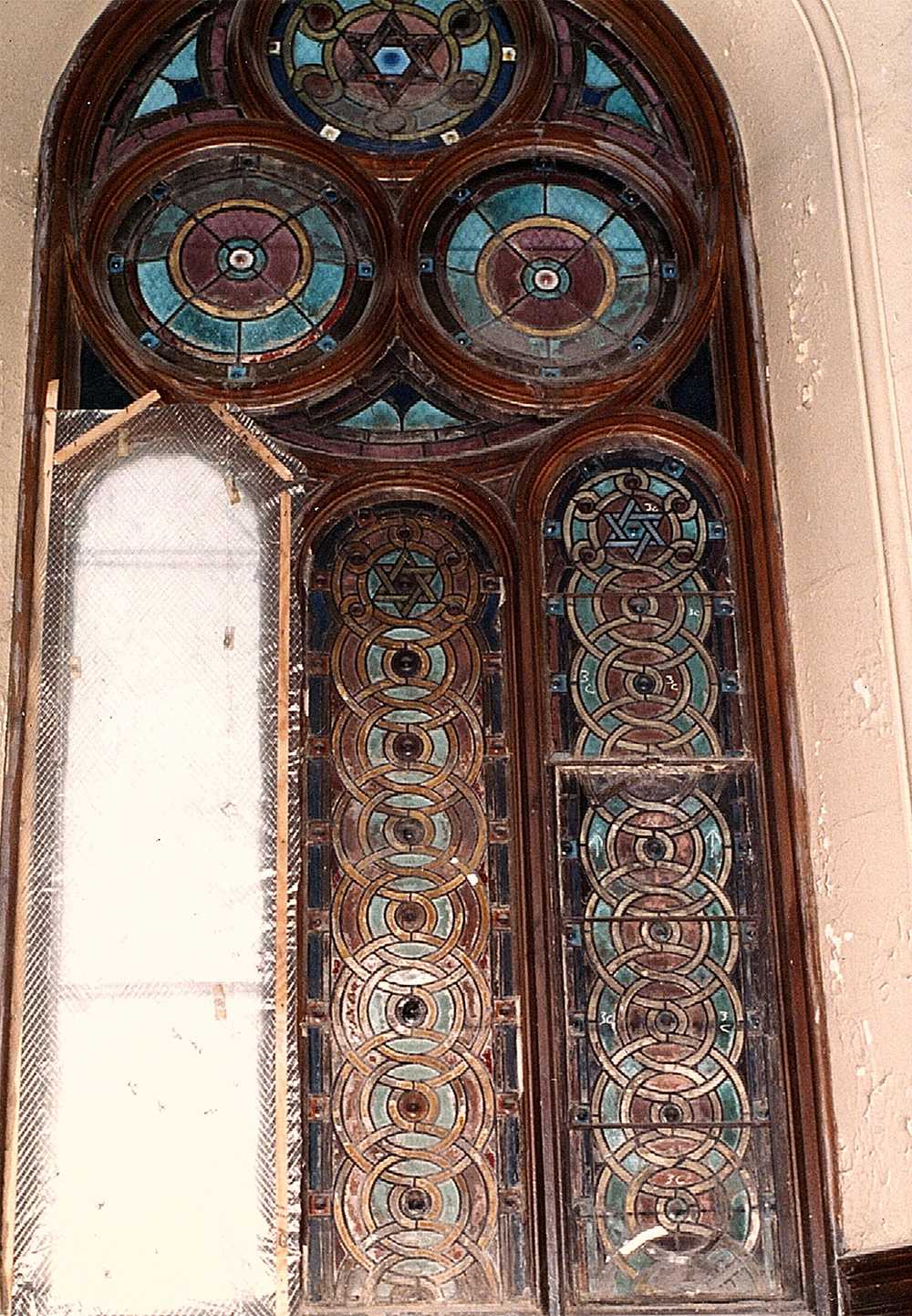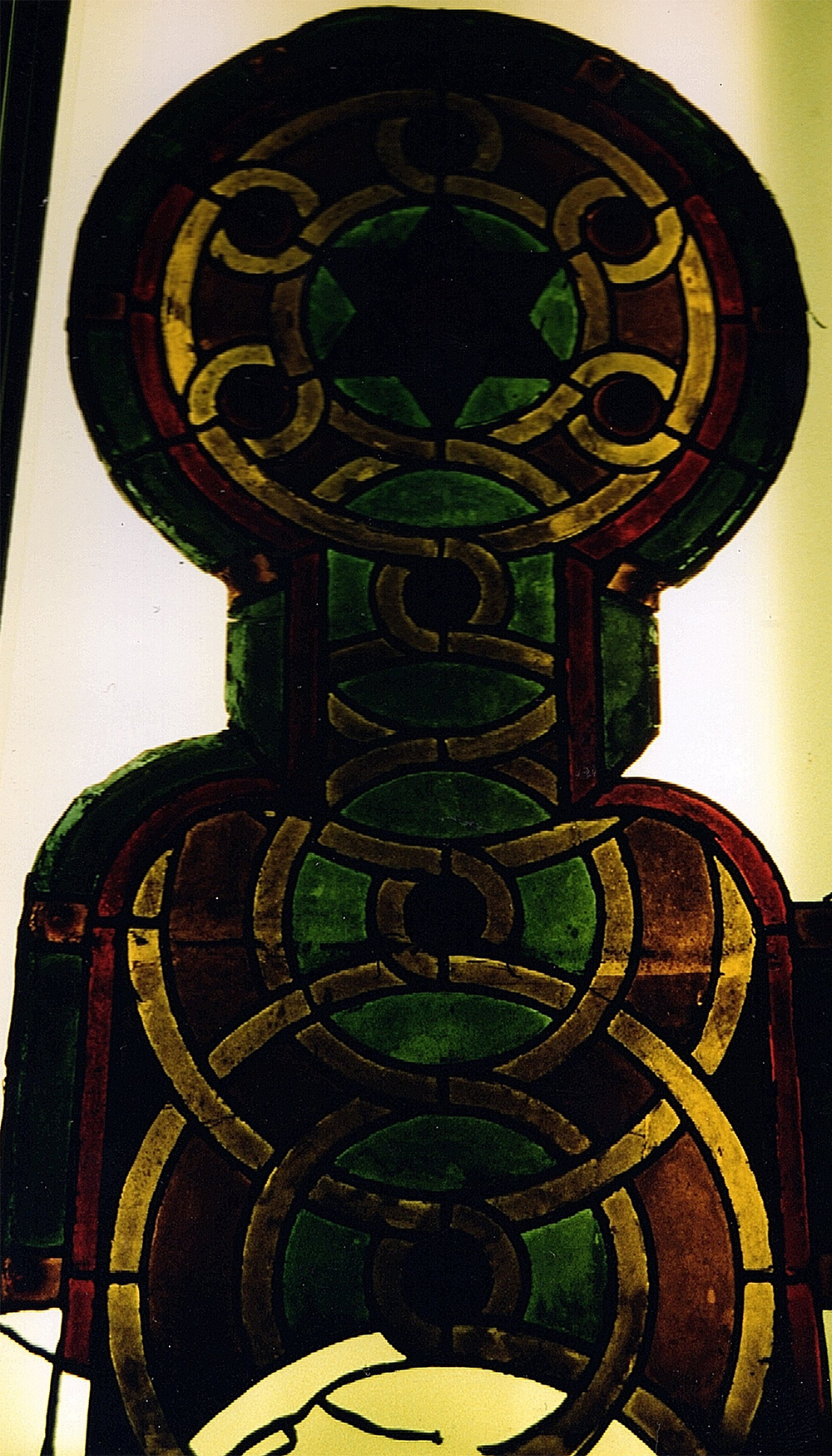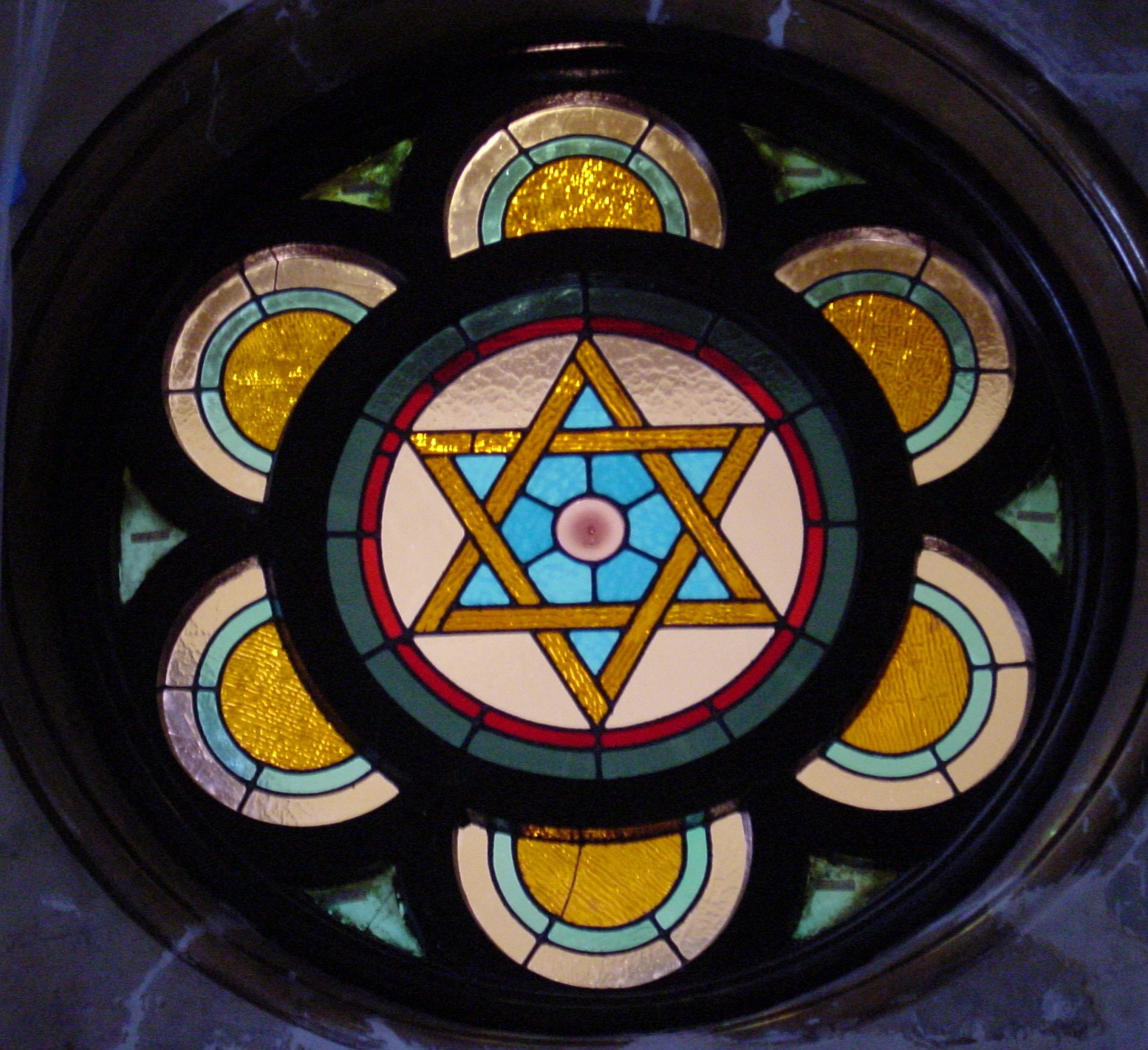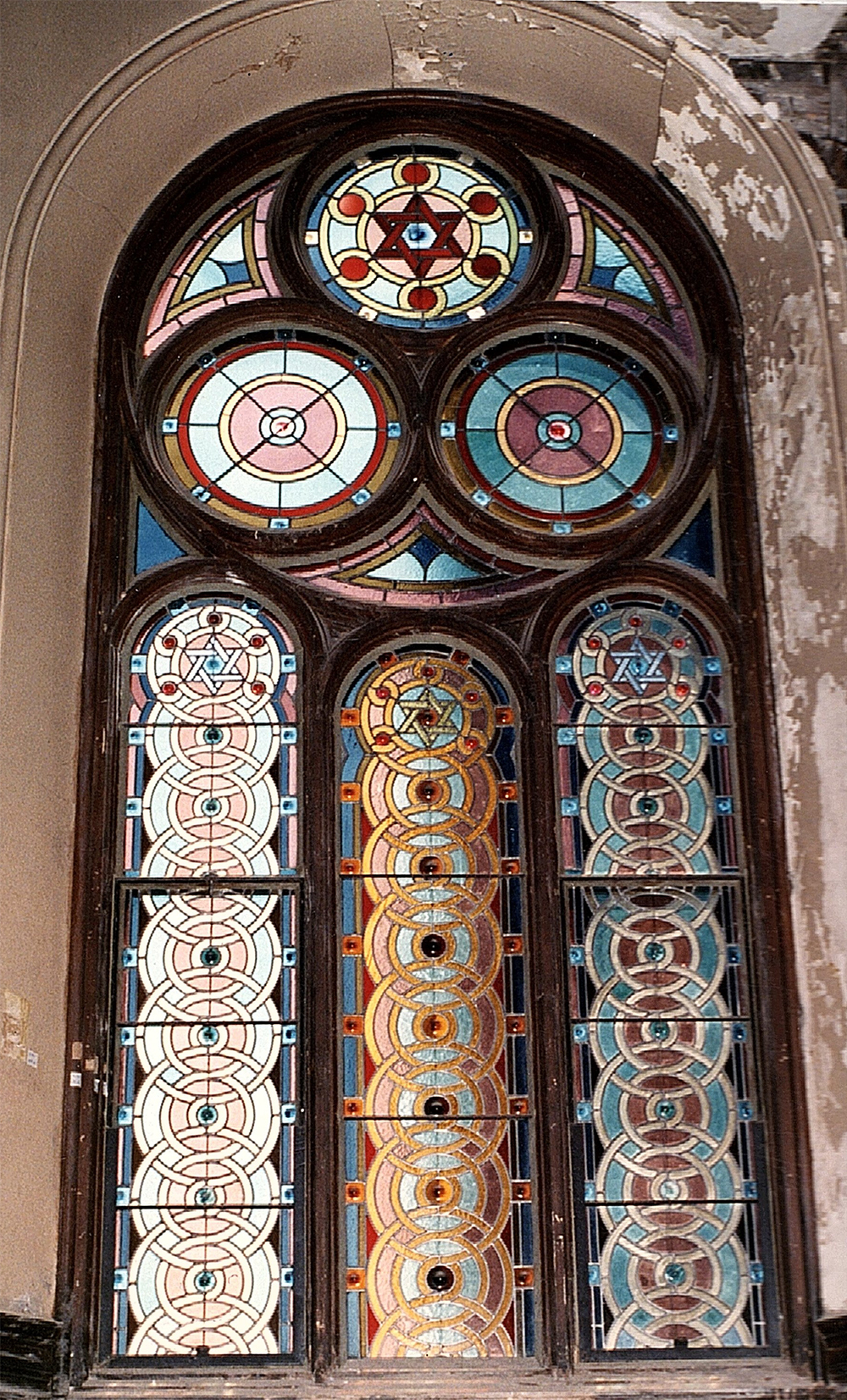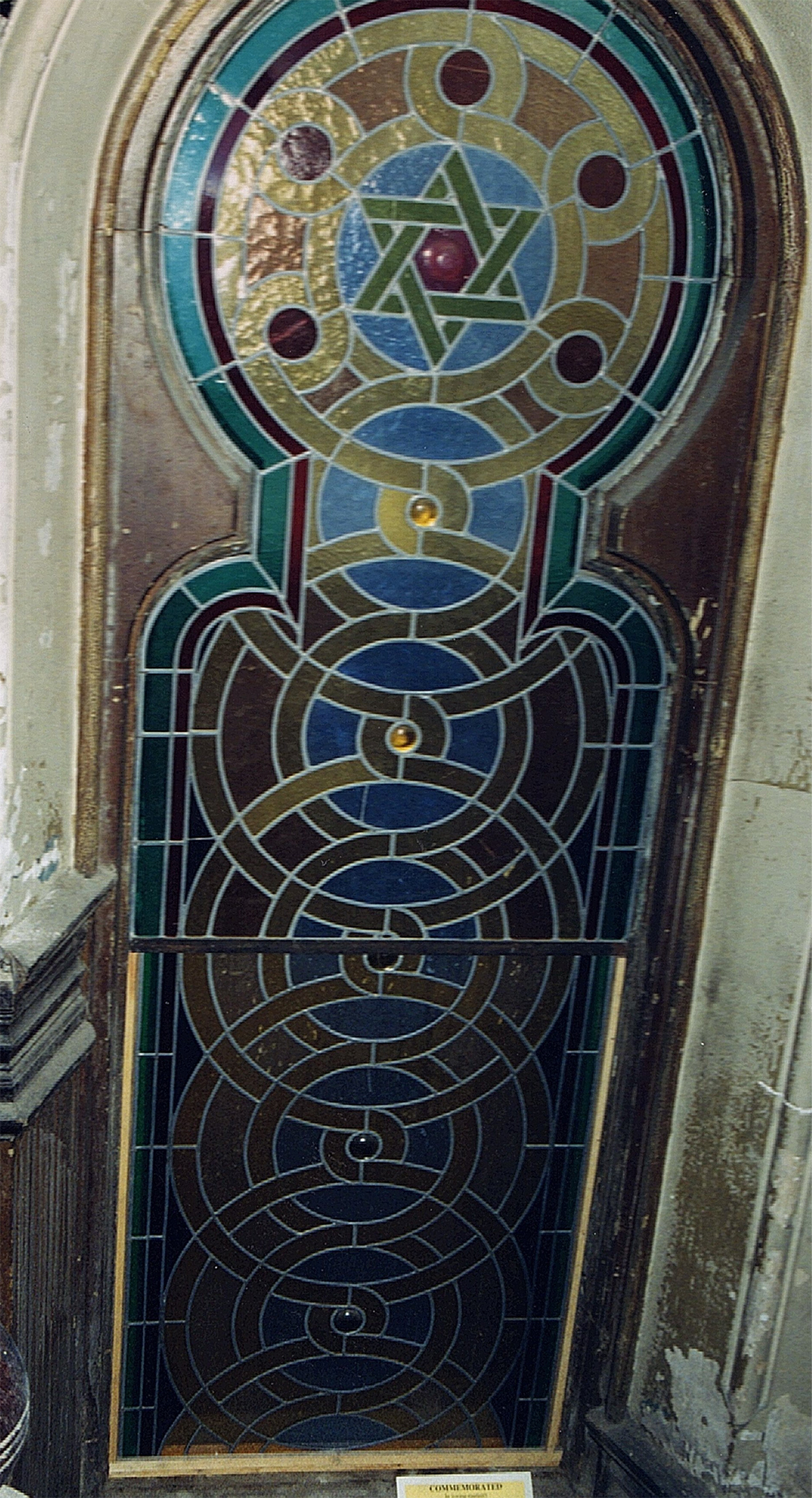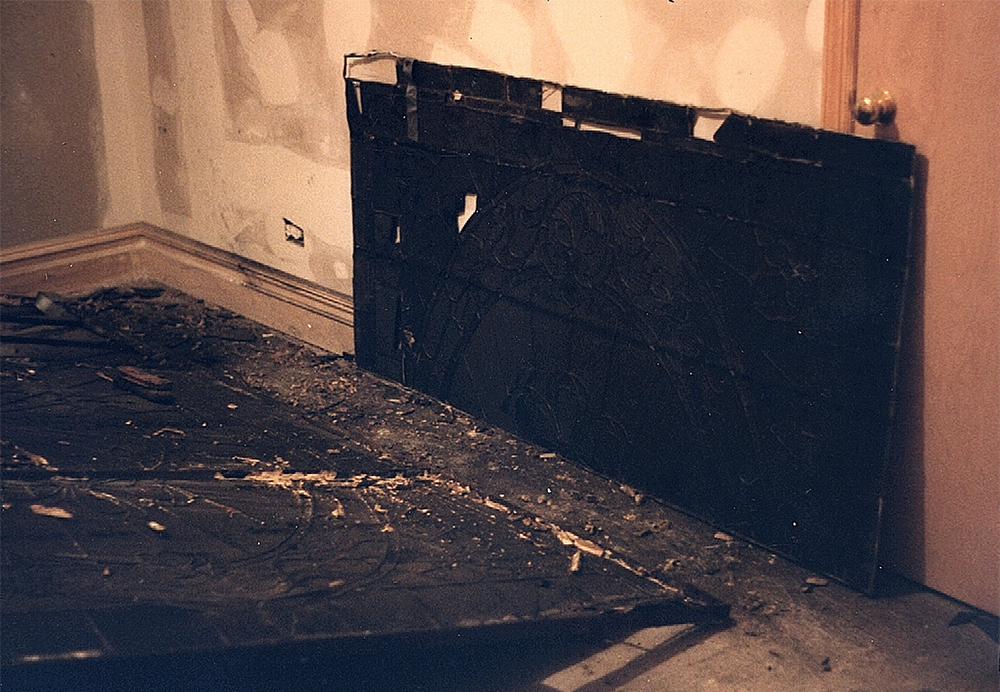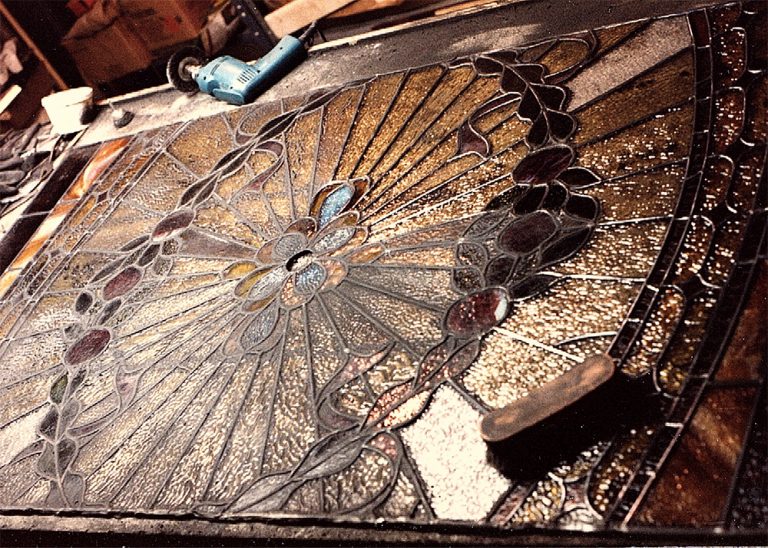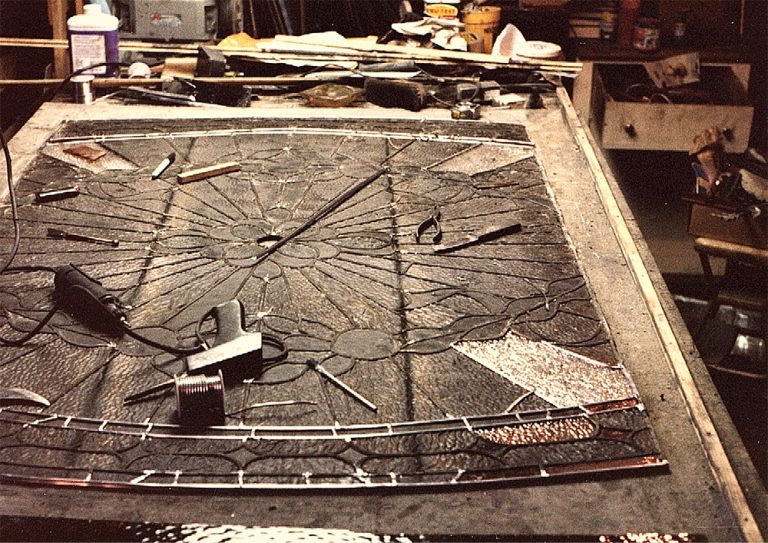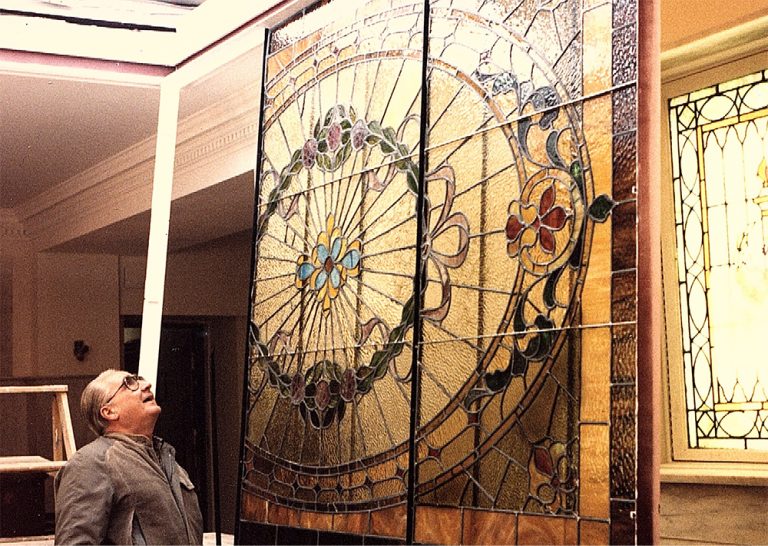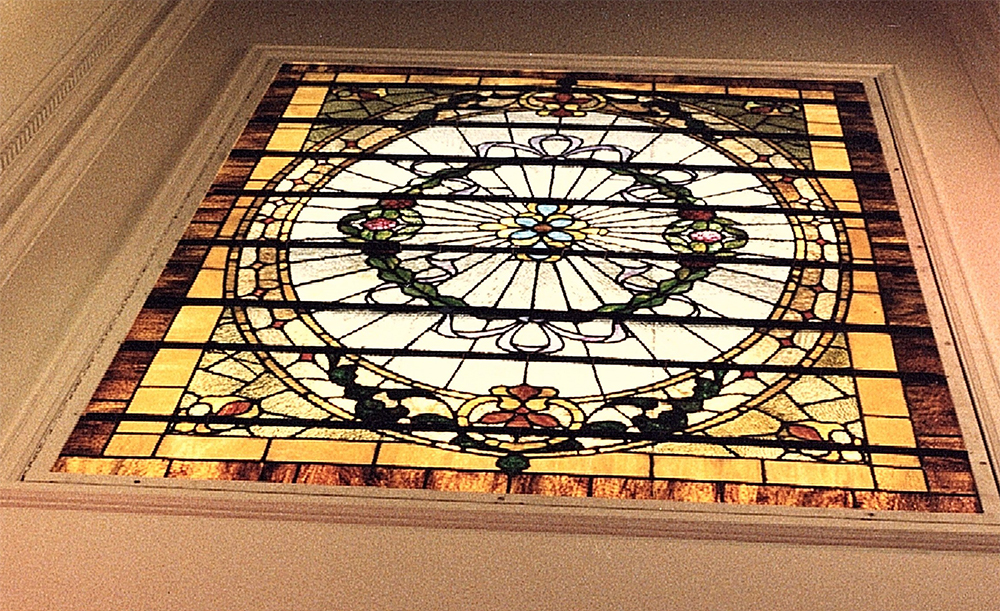There are several signs that indicate when a leaded or stained glass window requires care, repair, or complete restoration. In some cases, the job could be as simple as replacing a broken or missing piece of glass in place. However, in other cases, it may be necessary to remove the entire window and restore it to ensure its integrity and beauty for many years to come. A complete restoration will make the glass window look like the day it was first installed, allowing it to shine in all its glory once again.
Stained Glass Window Repair & Restoration
The most common issue with stained glass windows is cracked or missing glass. Though the fix may be simple, finding or having the exact glass that matches the window being repaired can be challenging. Matching the color, texture, and transparency makes for a good repair.
If the glass is cracked, broken, or shattered but still secure in its lead frame, it can be left alone. Loose pieces can be carefully glued together with clear epoxy or silicone cement. In most cases, it is better to save an original, rare glass than to attempt a difficult match. However, missing, mismatched, or leaking glass should be replaced.
If the glass panes rattle within their frameworks, the window may need to be reglazed to the frame. If the window pushes outward when pressed and is not set firmly in its frame and sash, major repair may be needed to fix the frame. If the entire panel rattles, all the glass may have to be re-puttied with new linseed oil putty. This process takes experience not to crack the pieces of glass in the stained glass panels and is a messy job.
If the problem is cracked solder joints or broken leads, major repair is required and will cost more. If the reinforcing bars are broken away from the lead and are not securely attached to the window, the window may have to be removed, and the bulges flattened, and re-bars are attached. If the bulging area is still firmly set in sound leads, there is no immediate danger. In such cases, protective glass can be installed to diminish weather when re-installing the leaded glass windows. However, if the bulging occurs around the reinforcing bars, and a structural weakness is indicated with broken lead or lead joints, major repairs are required.
For museum-quality restorations, documentation is a critical step. We take photographs in both film and digital media and make rubbings of leaded glass panels. All repairs are recorded and documented on the rubbings, ensuring the authenticity and integrity of the restoration project.

